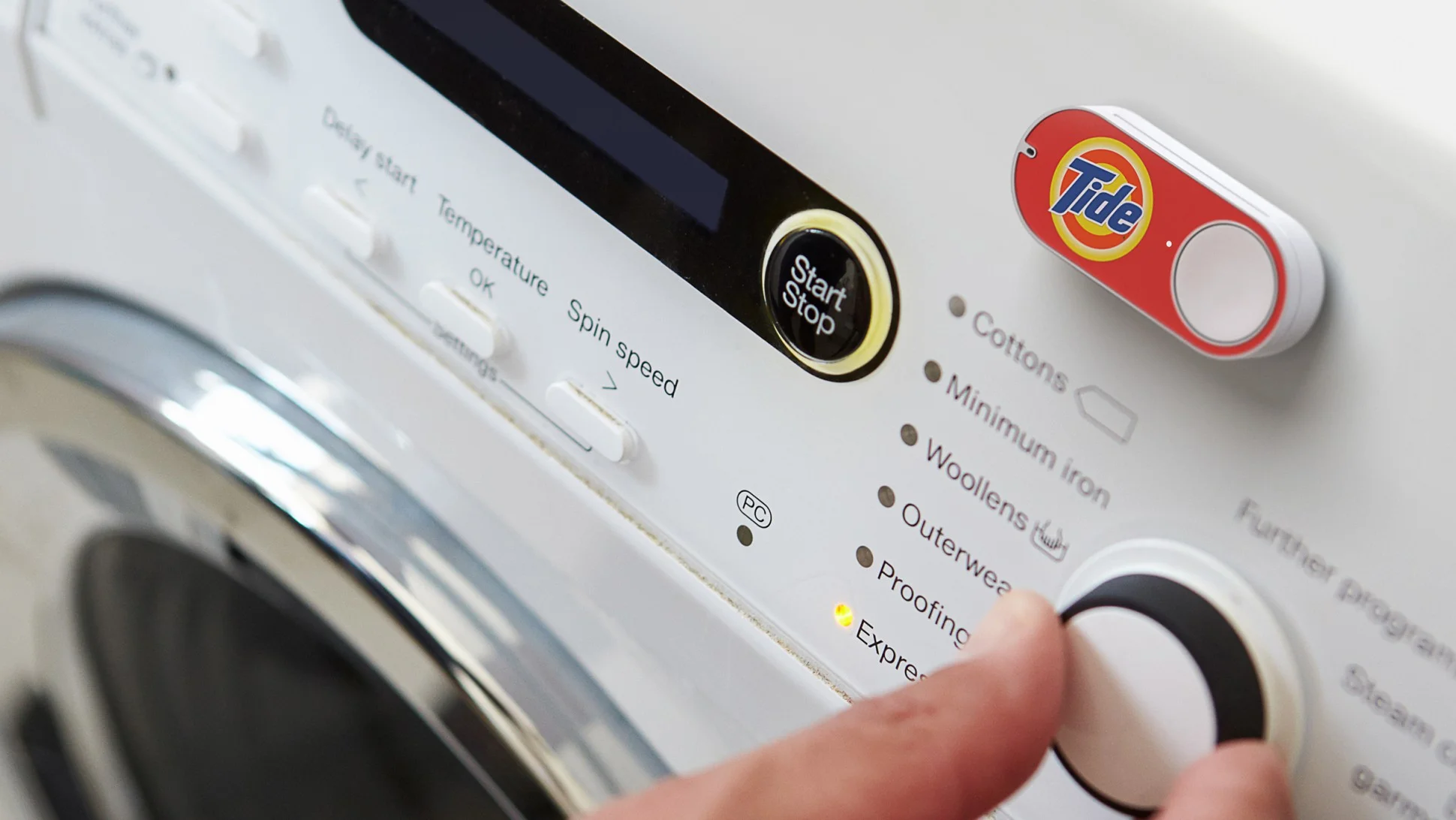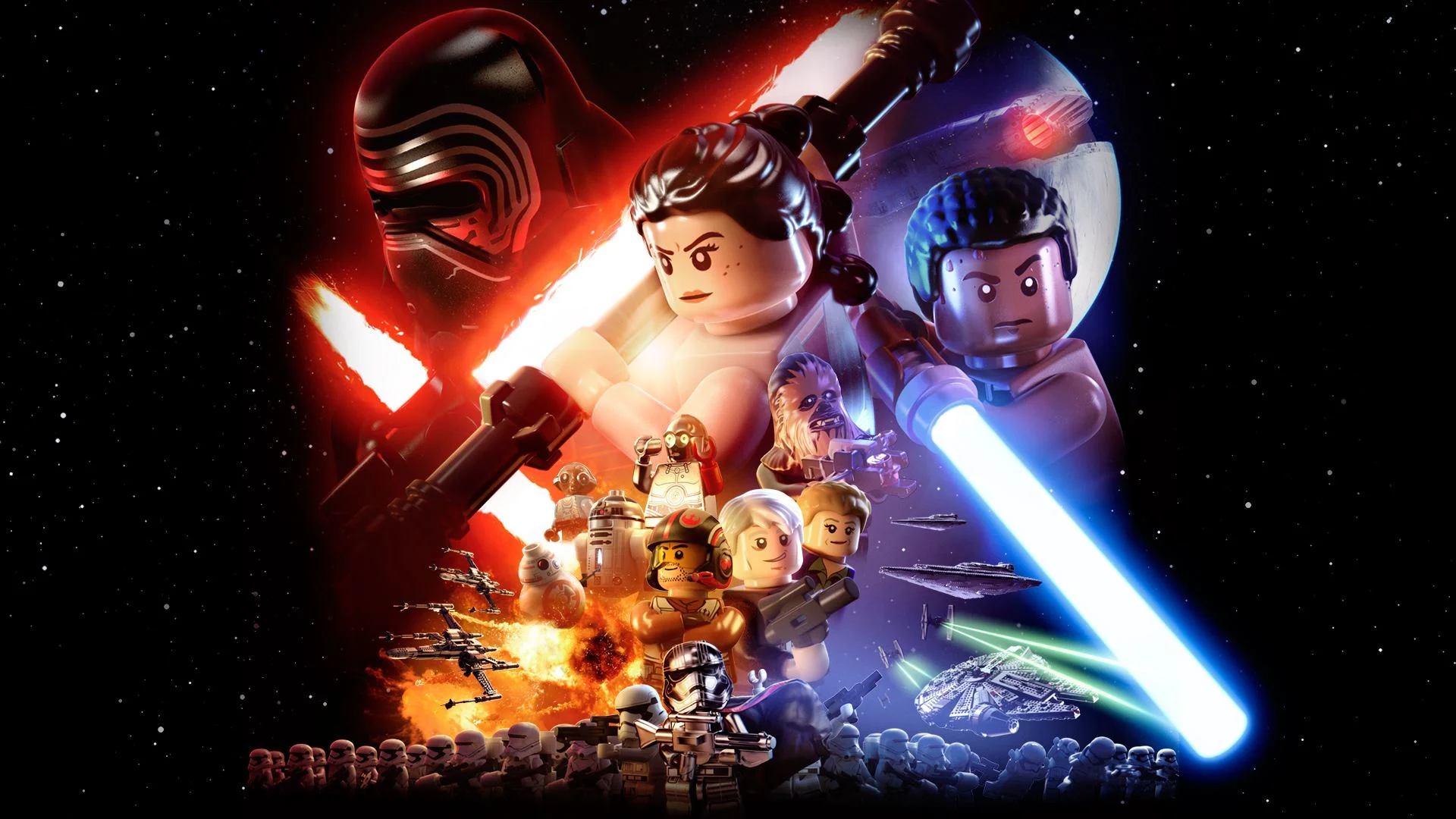Poundland continues to lead the discount revolution. Here we provide insight into its success and recent change in strategy, followed by advice on how the UK’s favourite discounter can stay ahead of the competition.
Beats X – Not Entirely Wireless Headphones
Following months of delays, Beats X wireless headphones are finally here, but do they resemble Beats by Dre or Beats by Apple? Our Beats X review examines Beats' relationship with Apple to reveal the answer.
Amazon Dash – the Quickest Way to Spend Your Cash
Household essentials are now literally available at the push of a button, thanks to the arrival of the Amazon Dash Button, an innovative new method of reordering household items promoted as simple, smart, and free after the first press. Currently priced at £4.99, Amazon effectively gives the button away after applying a £4.99 discount to your first order. A wide range of everyday products are represented by this new piece of marketing, with brands on-board ranging from personal care specialists Gillette and Kleenex to pet food giants Whiskas and Pedigree.
Premier League – Back with a Bang and a New Brand
This year the Premier League enters a landmark 25th year and for the first time since its inaugural 1992-93 season the league is void of title sponsorship. Last June the Football Association announced intentions not to renew a longstanding partnership with Barclays, who previously held sponsorship rights since 2001. Instead the FA has opted to create a ‘clean’ brand for the competition moving forward, in hopes of mirroring the image of major American sports leagues such as the NFL and NBA.
Poké Marketing – New Fad or Fashion?
For those living under a rock, the Pokémon franchise first appeared in the mid-nineties, managed by The Pokémon Company, itself a collaboration between game developers Nintendo, Game Freak and Creatures. The basic premise sees fictional creatures, known as Pokémon, caught and trained by humans, known as Pokémon trainers, for sporting purposes. The franchise is extremely lucrative, sitting behind only Mario in terms of video game-based franchise value, having spawned numerous video-games, television shows, films, toys, trading card games and comic books.
Ultimate Marketing
Combat sport fans around the globe undoubtedly consider Ultimate Fighting Championship (UFC) the premier brand within the highly profitable world of mixed martial arts (MMA). For those not familiar, the privately-owned company started out in 1993 by setting up a tournament aimed at determining the world’s most effective martial art in a fight. Since the inaugural event over 300 UFC events have taken place, and the popularity of what was once considered a niche sport stands at an all-time high.
Snapping up a Fantastic Marketing Opportunity
Snapchat’s metrics cannot be ignored; over 100 million daily users, 10 billion daily video views and a hefty valuation of $16 billion. Many may not remember that the image messaging app initially existed as a private social platform with limited appeal, but since its creation four years ago a wide range of new features have expanded its horizons. Namely, the addition of brand channels, publications and live event coverage transformed the app into a hub of public and private content, meaning the app now appeals to a much broader audience. Of particular interest to marketers considering Snapchat is news of older users flocking towards Snapchat in the same way Facebook has recently seen a surge in popularity amongst over 35s. To the dismay of teenage sons and daughters around the world, Comscore reports that over 35s now account for 14% of Snapchat’s user base, up from just 2% three years ago. With a wider audience and plethora of tools available to deliver marketing messages, many brands are eager to partner with a social media giant at the height of its powers.
R.I.P. FHM
Earlier this year a staple of English pop culture was lost when Bauer Media announced the closure of men’s lifestyle magazine FHM, alongside fellow lads’ mag Zoo. Loyal readers have since expressed their regret in hearing of FHM’s demise, although such news has not surprised the vast majority, who have witnessed a host of rival publications including Nuts and Loaded recently cease publication too.
The King of Co-branding
Co-branding is a practice long used by businesses to build brand equity, and if executed correctly, can catapult sales for both parties. Slapping the Batman logo on a product may seem like the easy option for marketers, but results can also be disastrous, as evidenced by McDonald’s cold response to the ‘McWhopper’, a recent social media proposal put forward by rival firm Burger King. Inevitably an element of risk always exists when co-branding, but the key to reducing such risk is to connect brands that are complimentary, not competing. Toy construction specialists Lego therefore provide the perfect blueprint of how two compatible brands can exist side by side and successfully grow together.
Complicating Apple
Following Ken Segall’s recent piece in the Guardian regarding Apple’s current product offerings, it appears that Apple has indeed abandoned the simplistic vision of its late visionary Steve Jobs. To reflect on how times have changed since the passing of Jobs simply take a look at the latest Apple gadgets, which exist in stark contrast to the relatively limited products previously offered under Jobs’ tenure. For instance, Apple branded phones and tablets are now available in multiple colours and sizes, while the Apple Watch is customisable with a dizzying array of options.
Marketers Caught Offside at the Euros
The 2016 UEFA European Championship, commonly referred to as Euro 2016, presents a huge opportunity for brands to reach a worldwide audience. While television remains the most obvious media channel for businesses to utilise, other media channels are often overlooked or under-utilised, leaving massive potential for marketers to capitalise.










